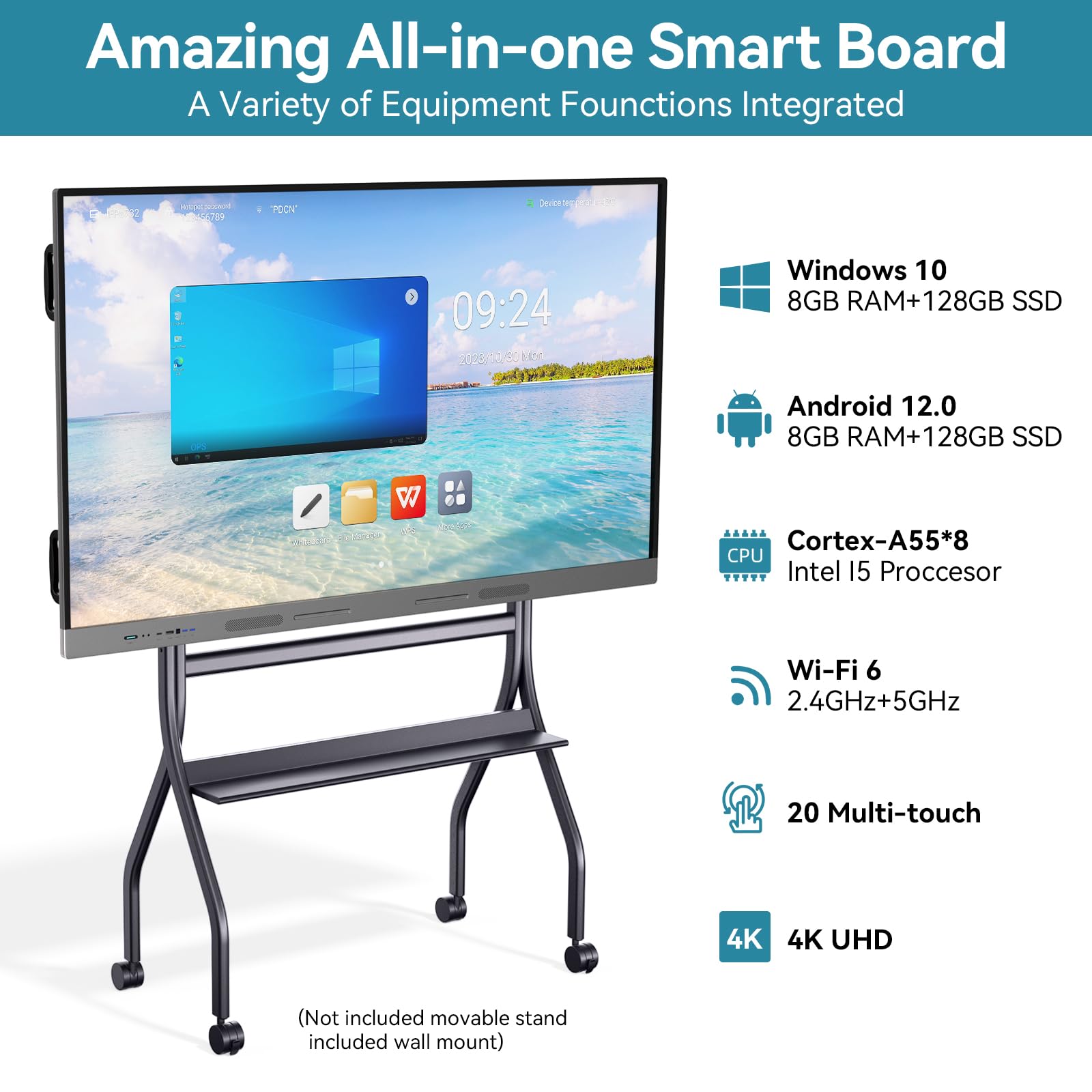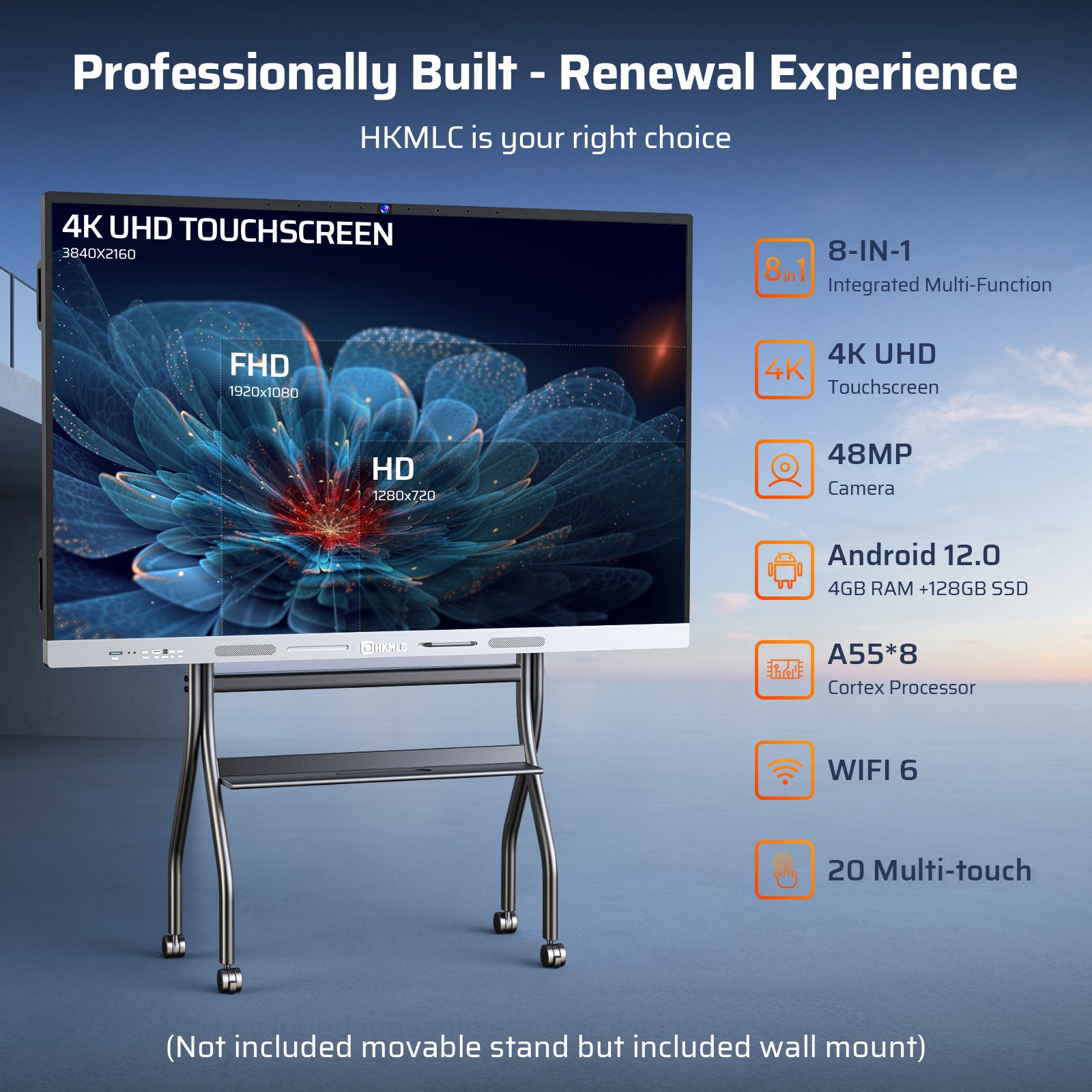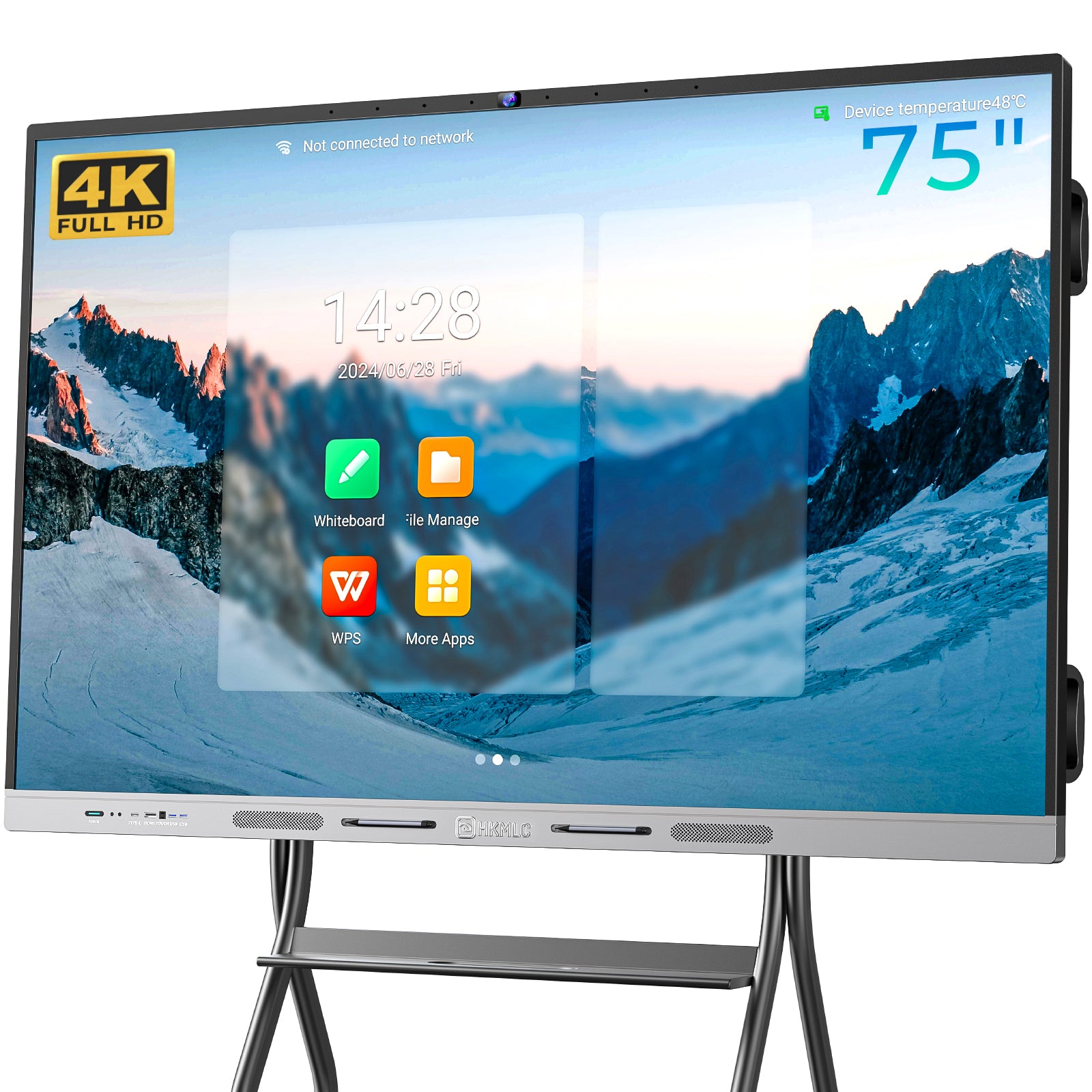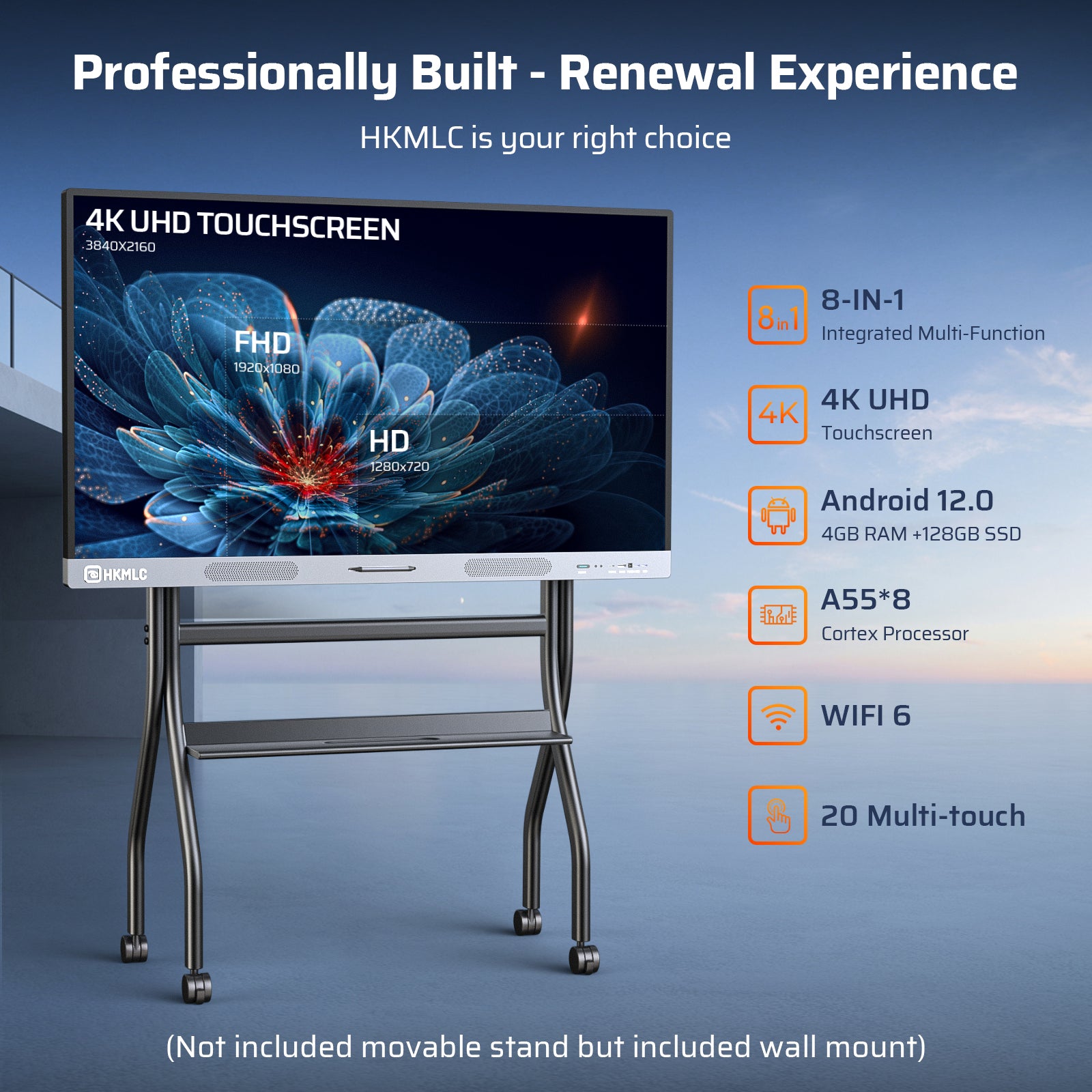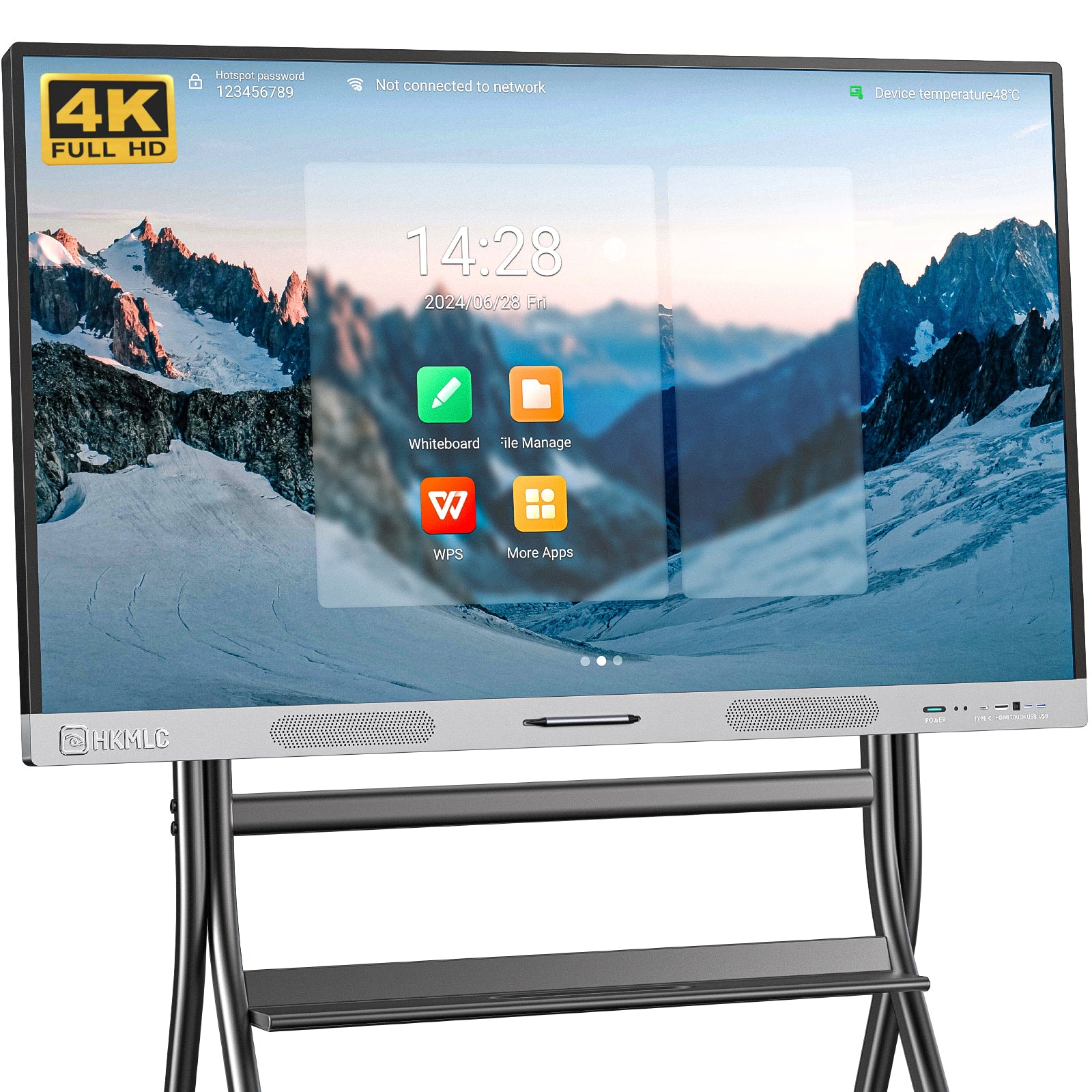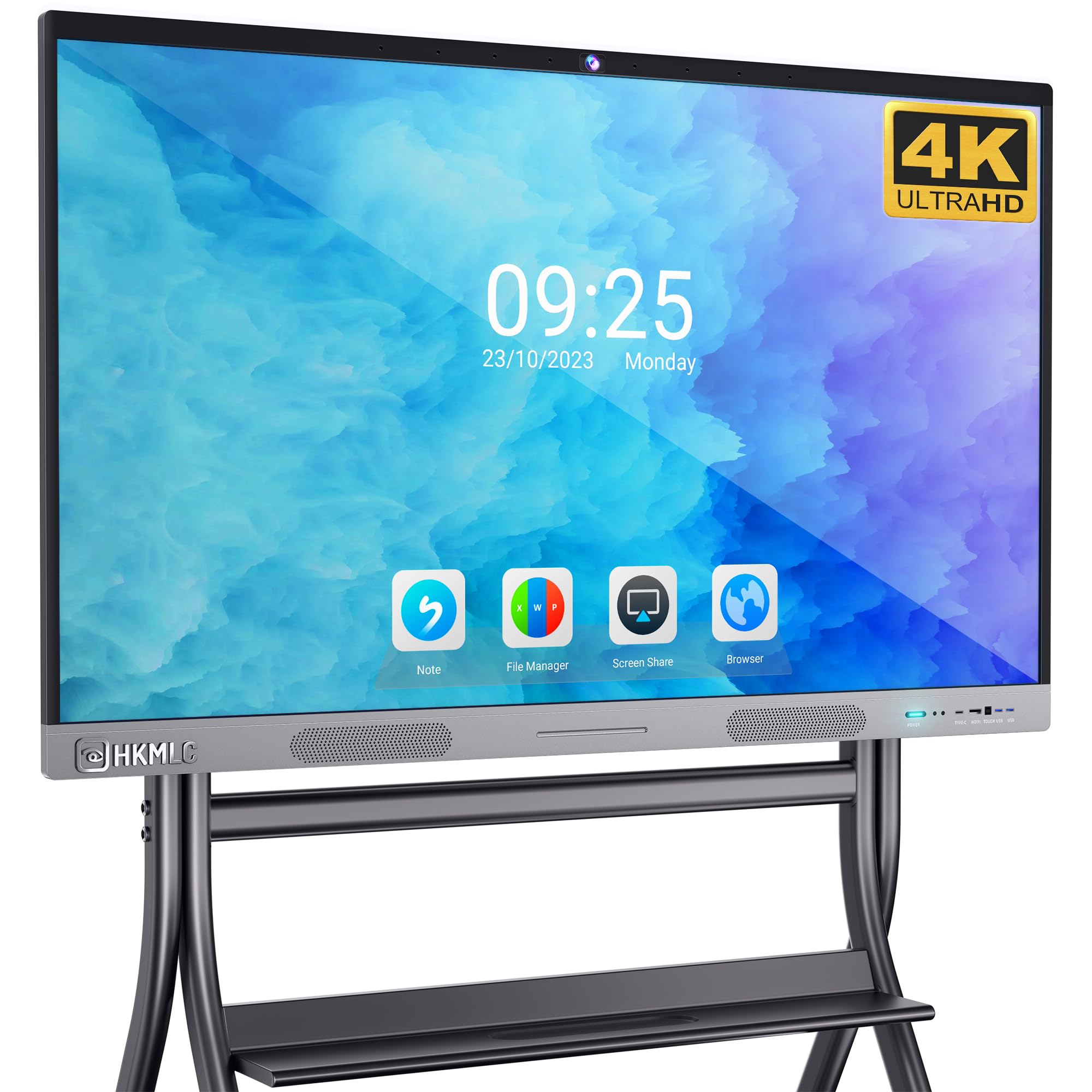The right client presentation can build trust, establish credibility, and demonstrate your company’s expertise in its industry. Marketing expert and bestselling author Seth Godin once said, "The topic of the talk isn't you; the topic of the talk is the audience, and specifically, how they can use your experience and knowledge to achieve their objectives."
In other words, a successful client presentation is not about showcasing everything your company does—it’s about how your expertise solves problems for your client. If you want to make a lasting impact in your next client presentation, here are six actionable tips to help you achieve better results.
-
Start with the Details
To really understand who your potential client is, you need to do your homework. Start by visiting the client’s website, but don’t just stop at the “About” page. Take a closer look at their site design, tone, and messaging. Pay attention to their digital presence and how they engage with their audience.
For example:
- If your prospective client is active on Instagram and Pinterest, fill your presentation with high-quality visuals and captivating imagery.
- If they have a strong presence on YouTube, consider incorporating a video into your pitch.
- If their website is modern and minimalistic, your client presentation should follow the same aesthetic: clean, simple, and streamlined.
Tailoring your presentation to reflect the client’s brand and preferences shows that you understand them and are the right fit for their needs. Plus, this level of personalization gives you an edge over competitors offering more generic client presentation samples.
-
Tailor the Design to Client Preferences
While it’s important to maintain your own brand’s voice, the ultimate focus of your client presentation should be on the client’s preferences. Consider what’s going to resonate most with the client and design your presentation accordingly.
Design Choices
Understand the tone of your client’s industry and let that guide your presentation’s design. For instance:
- A financial client will appreciate a clean, professional look with clear visual data.
- A creative agency might respond better to a vibrant, dynamic presentation with catchy graphics.
Create a Sample Workflow Chart
For data-driven clients, provide evidence-based resources. You could create a sample workflow chart to show how you approach projects, and back up your points with industry research and recent trends.
Make Your Presentation Interactive
To keep your audience engaged, make the presentation interactive. The HKMLC Smart Board allows you to integrate websites, documents, and visuals seamlessly into your presentation. You can even make live notes on the screen and easily switch between apps. Other tools like Microsoft PowerPoint, Google Drive, and Asana can add layers of interactivity to your client presentation.
-
Focus on What Matters to the Client
A common mistake in client presentations is focusing too much on your company. While it’s important to highlight your strengths, the client is primarily interested in how you can help solve their problems. They’re looking for solutions, not a history of your successes.
Shift the Focus to the Client’s Needs
Your client presentation should address the specific pain points your client is experiencing. Don’t overwhelm them with unnecessary details—stick to content that offers actionable insights.
For example:
- If your client is struggling with sales, bring in strategies to increase their product sales.
- If they’re uncertain about a marketing strategy, suggest specific ways to promote their brand.
By keeping your focus on the client’s needs, you position yourself as a partner in solving their challenges, rather than just another vendor.
-
Establish a Clear Vision and Demonstrate How It Will Be Achieved
Your client is coming to you with a problem they need solved. Along with presenting creative solutions, you must help them visualize the outcome. It’s not enough to offer ideas—you need to show them how these ideas will deliver value.
Use Visual Aids to Paint the Picture
Use charts, diagrams, and mockups to bring your ideas to life. These tools will help your client see the possibilities. With the HKMLC Smart Board, you can integrate these visual elements directly into your presentation, allowing for real-time interaction and demonstration.
Tailor the Vision to the Client’s Perspective
Put yourself in the client’s shoes and ask, "What would excite them about my services?" Structure your client presentation around their objectives and show how your solution can help them reach their goals.
-
Describe the Process and Show Their Progress
Clients need to know exactly how you plan to implement the solution. Whether it’s a simple fix or a long-term project, outline the process clearly and concisely. This builds trust and ensures the client feels confident in your approach.
Route the Journey
Use the HKMLC Smart Board to create an interactive project timeline. Walk the client through each step of the process, showing where they currently stand and the milestones they need to reach to achieve their goals.
Keep Them in the Loop
Clients don’t like being left in the dark. Keep them informed about their progress throughout the project, and reinforce transparency and trust in the relationship.
-
Confirm Understanding and Stimulate Questions
The end of your client presentation is a great opportunity to ensure the client has understood everything. If your presentation included complex data or information, ask if any areas need further clarification. Use the HKMLC Smart Board to revisit sections and make live notes to address any questions or concerns.
Ask for Feedback and Questions
Encourage your client to ask questions at the end of the presentation. This gives you a chance to clarify points and ensure that your audience is on the same page. Remember, the presentation is about the client’s needs, not yours. Be patient, client-focused, and take time to explain anything that wasn’t clear.
Common Presentation Mistakes to Avoid
While these tips can lead to a successful client presentation, it’s important to avoid some common pitfalls:
Weak Start
A lackluster start can cause your audience to disengage. From the very beginning, capture their attention by addressing their specific concerns and offering solutions.
Information Overload
Don’t overwhelm your client with too much information. Keep the content simple, relevant, and focused on their needs.
Rushing the Conclusion
Avoid closing abruptly. End your presentation with a clear call to action, guiding the client on what steps to take next and why your solution is the best fit.
Conclusion
An effective client presentation is all about knowing your audience and tailoring your message to meet their needs. By focusing on their priorities, using visual aids, and painting a clear picture of success, you can stand out in a crowded marketplace.
With tools like the HKMLC Smart Board, you can take your client presentation to the next level. Its interactive features, real-time collaboration, and seamless integration of apps help keep your audience engaged and ensure your pitch is professional and polished.
So next time you’re preparing for a client presentation, remember these tips and make sure you’re putting the client first and offering solutions that make a real difference.











